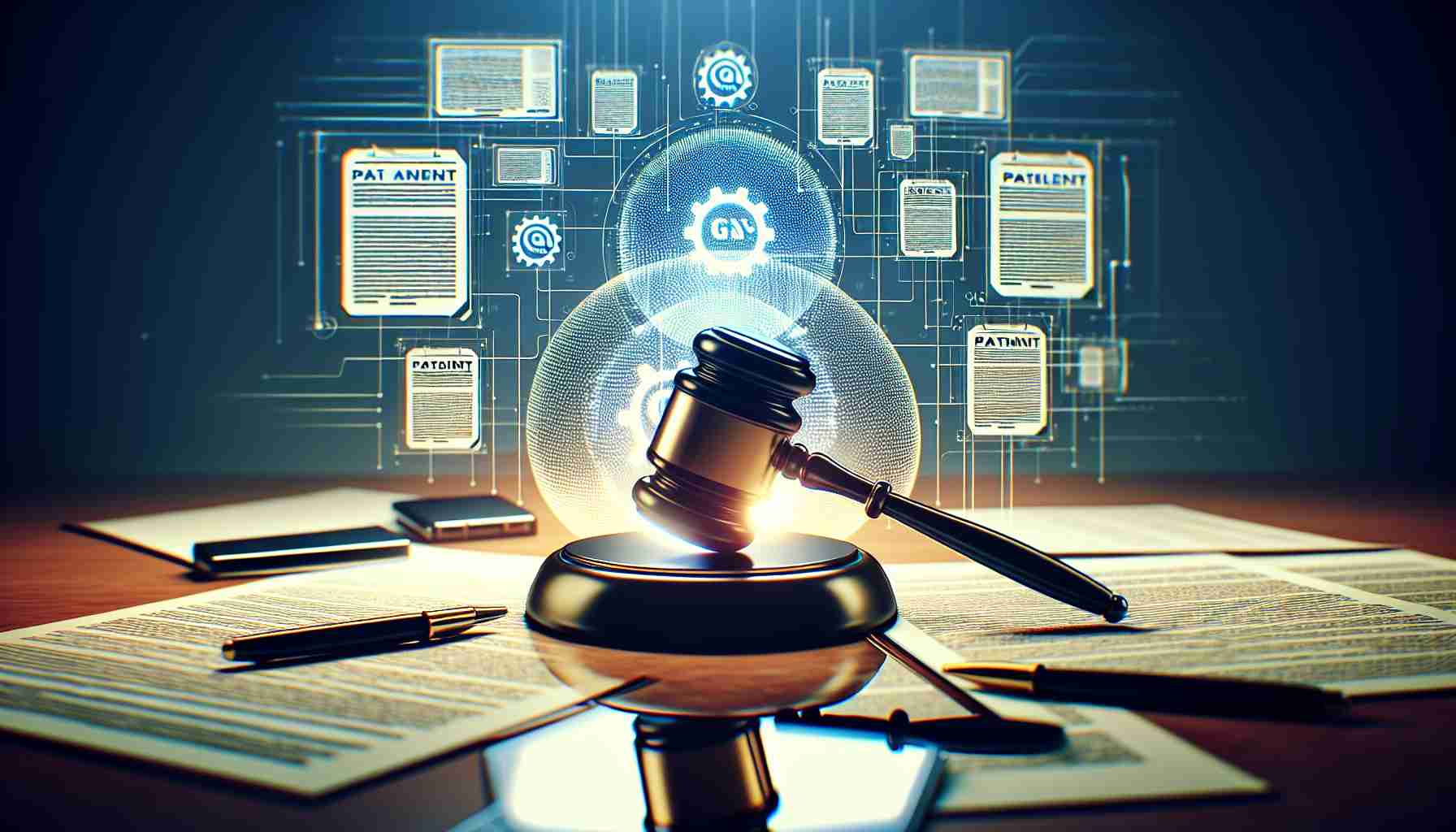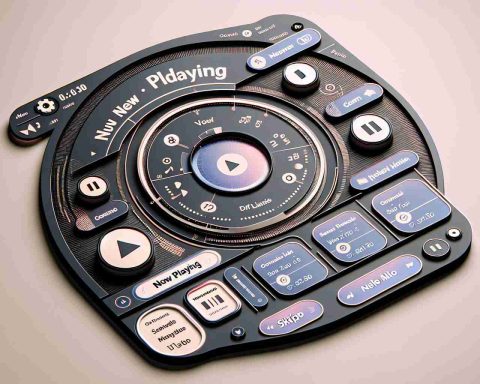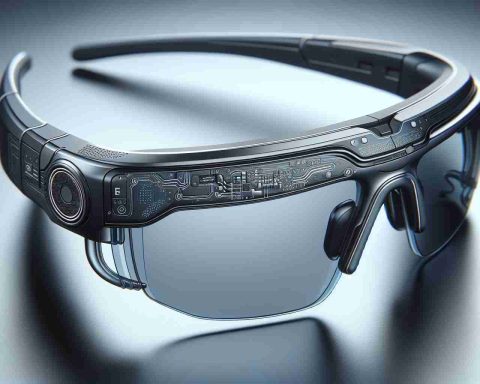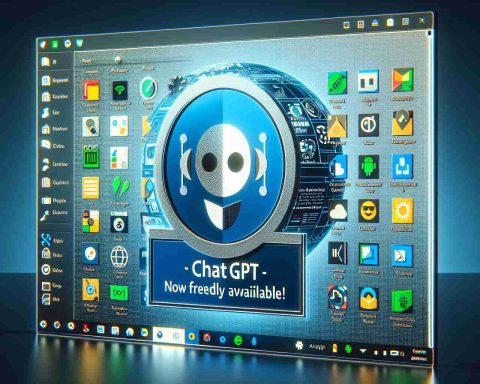In a notable legal battle, a federal jury ruled against Masimo Corporation, concluding that the medical device manufacturer violated certain patents held by Apple. The jury’s findings resulted in a modest compensation of only $250, which is the minimum statutory amount for such infringement cases. This figure underscores Apple’s position that the legal action was not primarily driven by financial gain.
The court identified specific products from Masimo, including their W1 smartwatch, Freedom smartwatch, and a health monitoring module, as infringing on Apple’s intellectual property. Additionally, Masimo’s charger was linked to another violation. The jury also determined that these infringements were conducted willfully by Masimo.
This case follows a recent development where Apple was compelled to halt sales of its Apple Watch Series 9 and Ultra 2 models in the United States due to an International Trade Commission finding that Apple had unknowingly infringed on Masimo’s patents concerning pulse oximetry technology. In response to the situation, the newly launched Apple Watch Series 10 was released without the contested blood oxygen monitoring features.
As the tech industry continues to witness fierce competition and patent disputes, this ruling highlights the ongoing challenges companies face in protecting their innovations while navigating complex legal landscapes.
Ruling in Patent Dispute: Masimo Found to Infringe Apple’s Technology
In a landmark ruling that has reverberated through the tech and medical device industries, a federal jury found Masimo Corporation liable for infringing on several patents held by Apple, including those related to health monitoring technology embedded in their devices. This case not only emphasizes the tensions between tech firms and medical device manufacturers but also raises critical questions regarding innovation, competition, and legal recourse.
What are the implications of this ruling for the tech and medical device industries?
The jury’s decision signifies a potential shift in how intellectual property laws could shape product development and competitive strategies in these sectors. Both industries have increasingly blurred lines, as tech companies like Apple venture into health-related products while medical manufacturers such as Masimo incorporate advanced technology into their offerings.
What key challenges does this ruling pose for Masimo?
One of the primary challenges for Masimo is the potential impact on their product lines and future market strategies. With the jury concluding that Masimo willfully infringed on Apple’s patents, there may be heightened scrutiny on their R&D processes. Additionally, Masimo might face increased pressure to differentiate their technology more clearly to avoid future legal entanglements and protect their market share.
What controversies surround this case?
The ruling fortifies the debate over patent reform and the extent of intellectual property rights in technology and healthcare. Critics argue that such legal disputes can hinder innovation by creating overly broad patent shields, making it difficult for companies to develop new products without infringing existing patents. The crux of the controversy lies in whether aggressive patent enforcement serves to promote or stifle innovation.
Advantages and disadvantages of this ruling
One advantage of the ruling for Apple is the reinforcement of its intellectual property rights, potentially deterring other companies from infringing on its patents. Furthermore, this outcome could encourage heightened innovation as firms strive to create technologies that clearly distinguish from patented ones.
Conversely, an unfortunate disadvantage lies in the chilling effect such rulings might have on smaller entities entering the market. Startups and smaller firms may feel intimidated by the threat of costly litigation, ultimately leading to reduced innovation in the sector. Additionally, there are concerns over accessibility and affordability for patients if companies focus more on legal battles rather than on improving health technology.
The path forward
Both Apple and Masimo find themselves at a crossroads. Apple is focusing on refining its health-related offerings, especially after the legal hiccup regarding the Apple Watch Series 9 and Ultra 2, which had to pivot away from certain features to respect Masimo’s patents. Meanwhile, Masimo may need to strategically navigate its development processes to prevent further legal challenges while maintaining its core mission of advancing patient monitoring technology.
As the case draws attention to the dynamic between technological advancement and intellectual property, both industries may need to rethink their methodologies with a greater emphasis on collaboration, innovation, and strategic partnerships.
For those interested in more about the implications of patent disputes in technology, you can visit Apple’s official site or Masimo’s official site for further updates and information.

















